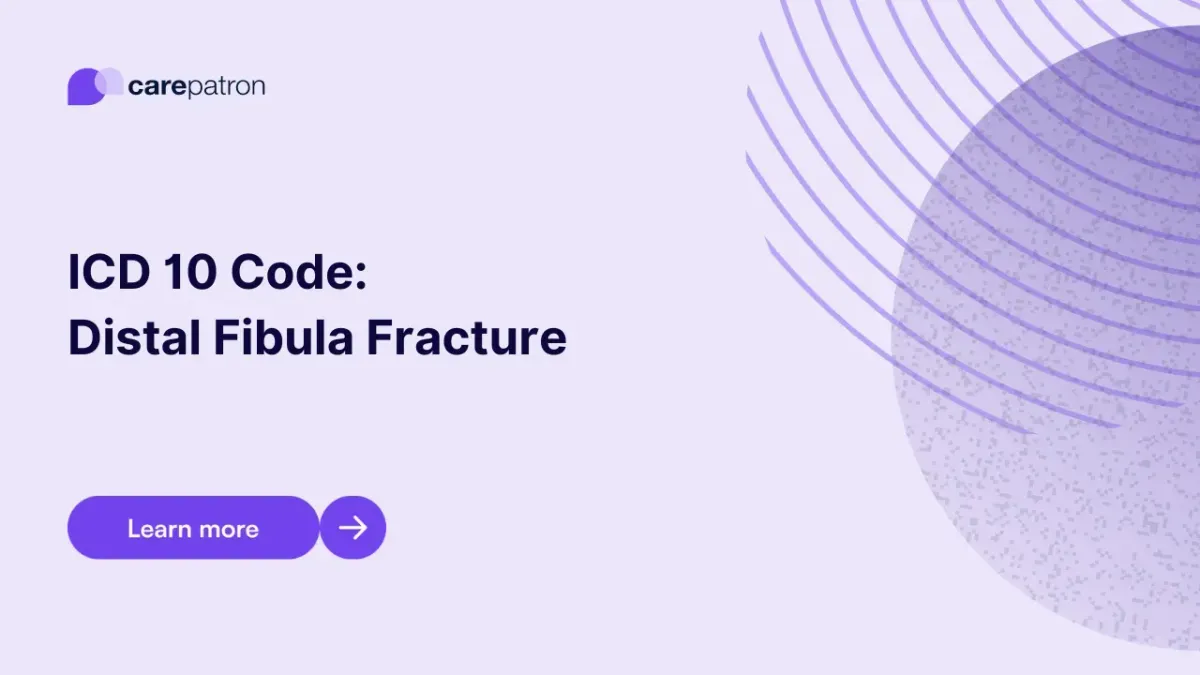
Distal Fibula Fracture ICD-10-CM Codes
Learn about the commonly used ICD-10-CM Codes for distal fibula fractures through this guide.
Use Code
Commonly asked questions
These codes should be used for accurate diagnosis, treatment planning, and medical billing for distal fibula fractures.
Treatment options include immobilization with a cast or brace, surgery for severe fractures, and physical rehabilitation therapy.
It's a standardized code to document a specific type of fibula fracture, which is essential for medical billing, research, and patient care.
EHR and practice management software
Get started for free
*No credit card required
Free
$0/usd
Unlimited clients
Telehealth
1GB of storage
Client portal text
Automated billing and online payments
